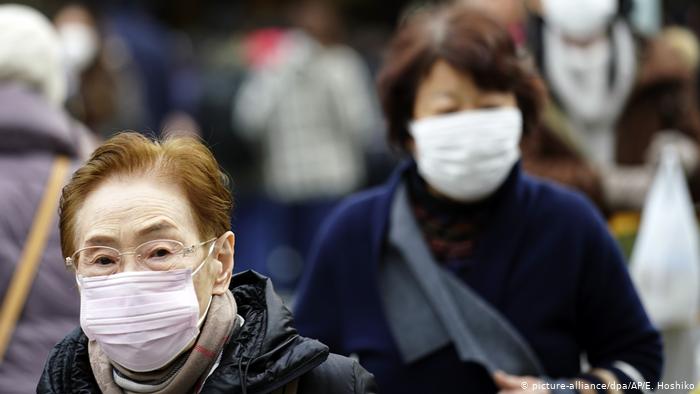RIO DE JANEIRO, BRAZIL – A study that analyzed 70,117 confirmed cases of the novel coronavirus in China and another 689 of people removed from Wuhan shows that the proportion of deaths from confirmed coronavirus cases has been revised to less than half of what had been estimated in earlier studies: instead of 3.67 percent, the mortality rate is 1.38 percent.
The study, published in the British scientific journal The Lancet, further shows that the risk of complications from infection with the novel coronavirus rises dramatically with age, becoming more acute from the age of 50. Nevertheless, mortality rates for older people are well below those recorded hitherto.

Among people over 80, the percentage of deaths per confirmed case stands at approximately 13 percent and drops to about eight percent when considering all those infected (many of whom are untested). According to the journal, this is the first study to conduct a comprehensive overview of cases recorded in China.
The researchers are part of the Imperial College’s epidemic study center. Based on estimates on the number of people contracting the virus (higher than confirmed cases), the study also measured the mortality rate per infection cases.
The average figures obtained are lower than those of other epidemics caused by coronaviruses, such as SARS in 2002 (9.6 percent) and MERS in 2012 (34.4 percent), but higher than H1N1 influenza epidemics in 2009 (0.2 percent) or the common flu (0.13 percent).
According to researchers, one of the reasons why previous studies found a higher death rate from confirmed cases is that testing policies were prioritizing more severe cases reaching hospitals.
The study, published in the Lancet magazine, weighs the calculations both by the probability of infection from the disease and by the demographic composition of the region studied. Scientists also consider that the probability of contracting the virus is constant in all age groups, as happens with other coronaviruses previously studied.
Another point emphasized by scientists is that, in the case of new diseases, mortality estimates tend to be overestimated. In the medium and long term, as more tests and randomized studies are conducted, it is usually revised downwards.
The work alerts to the fact that the level of severe cases or mortality among under-20s is very low: “Serological tests in this age group will be crucial to understanding how they may be passing on the disease”.

